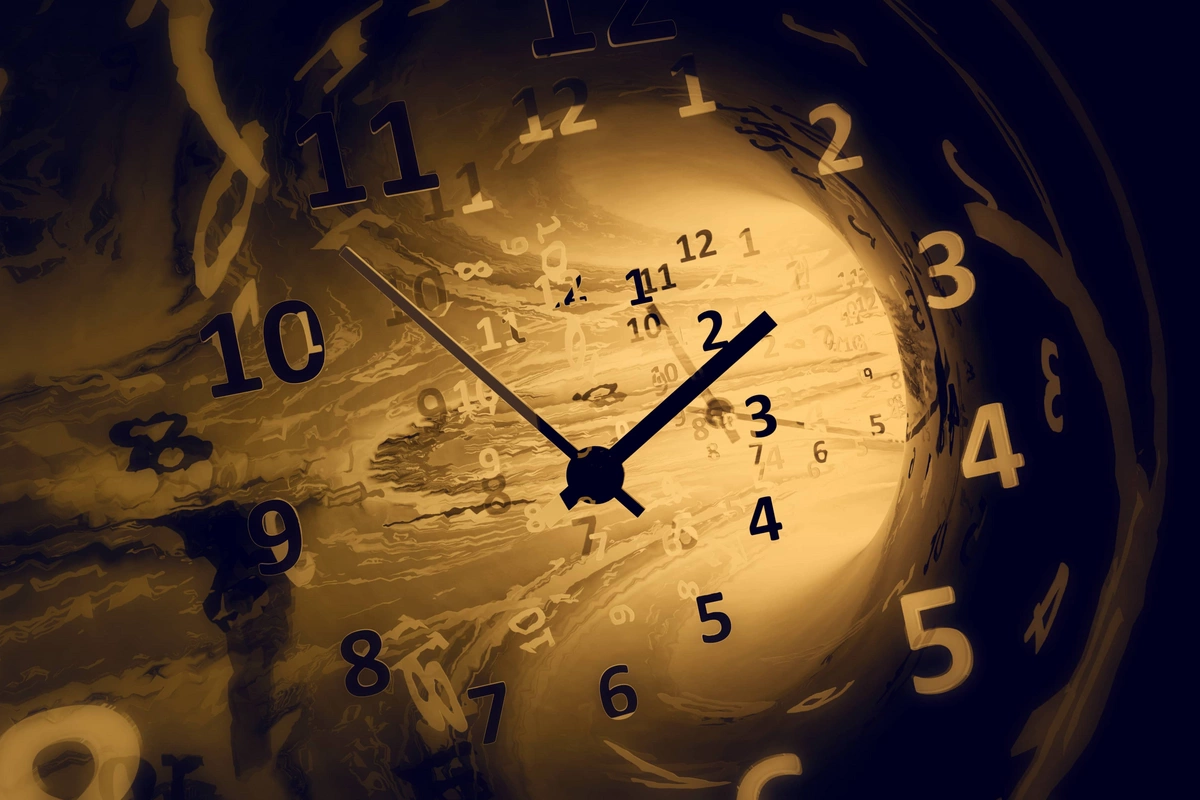Biological and calendar year of a person - what is the difference?

Exploring seasonal fluctuations in the human body, specialists from Stanford University School of Medicine discovered interesting biological patterns. As it turned out, almost all involuntary changes in key indicators such as hemoglobin A1c levels, CIR1 gene activity, and immune protein concentrations occur synchronously and depend on the time of year.
Geneticist Michael Snyder and his team analyzed more than a thousand different biomarkers in 109 volunteers. They studied genes, proteins, metabolic markers, immune response, and microbiome - a total of about 20 thousand molecular parameters for each participant.
The conclusion was unexpected: throughout the year, the body undergoes only two pronounced biological shifts - in late December to early January and in late April to early May. This means that the human body transitions into just two modes - winter and summer.
According to Dr. Snyder, such seasonal transitions are associated with adaptation to changing environmental conditions, including temperature and pathogen activity. The immune system also responds to the change of seasons, adjusting its defense mechanisms.
French scientists from the University of Southern Brittany came to a similar conclusion. They monitored testosterone levels in men aged 25-35 throughout the year and found that its peak occurs not in spring, as might be expected, but in winter - late December to early January. In summer, conversely, there is a synchronous decrease, although still within normal range.
Researchers believe that fluctuations in testosterone levels are also associated with seasonal restructuring of the body. In winter, when immunity is especially important, the hormone enhances protection, and in summer, with a lower risk of infection, the body works in a calmer mode.
Source: russian7.ru

Similar News
Scientists made an astonishing statement about human cells
Researchers from Kyoto University in Japan have come to an unexpected conclusion: it turns out that sound is perceived not only by the ears and brain - even ind...



 Azərbaycanca
Azərbaycanca  По-русски
По-русски  English
English 







